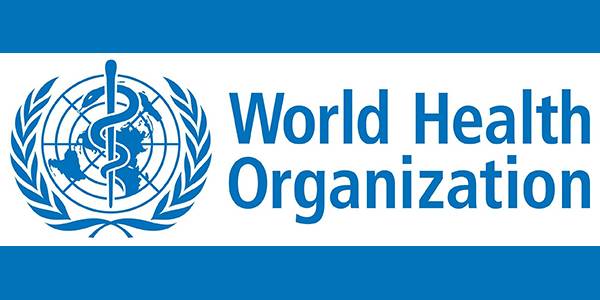The World Health Organization (WHO) is the leader around the globe in establishing baseline hazardous waste identifiers and the safest methods for management. Their information and guidelines are used on a global scale to keep people and the planet safe.
WHO is committed to the evaluation and recommended actions on the methods of safe and efficient disposal of biohazardous waste. They collect data from all types of organizations, with a focus on the medical industry as a main contributor to waste.
World Health Organization FAQS:
- Of the total amount of waste generated by health-care activities, about 85% is general, non-hazardous waste.
- The remaining 15% is considered hazardous material that may be infectious, toxic or radioactive.
- Every year an estimated 16 billion injections are administered worldwide, but not all of the needles and syringes are properly disposed of afterwards.
- Health-care waste contains potentially harmful microorganisms, which can infect hospital patients, health workers and the general public.
- Health-care waste in some circumstances is incinerated, and dioxins, furans and other toxic air pollutants may be produced as emissions.
Of all health-care activities, around 85% is non-hazardous. The 15% balance is made up of waste that can be toxic, radioactive or infectious.
Waste Types:
- Infectious waste: waste contaminated with blood and other bodily fluids (e.g. from discarded diagnostic samples),cultures and stocks of infectious agents from laboratory work (e.g. waste from autopsies and infected animals from laboratories), or waste from patients in isolation wards and equipment (e.g. swabs, bandages and disposable medical devices);
- Pathological waste: human tissues, organs or fluids, body parts and contaminated animal carcasses;
- Sharps: syringes, needles, disposable scalpels and blades, etc.;
- chemicals: for example solvents used for laboratory preparations, disinfectants, and heavy metals contained in medical devices (e.g. mercury in broken thermometers) and batteries;
- Pharmaceuticals: expired, unused and contaminated drugs and vaccines;
- Genotoxic waste: highly hazardous, mutagenic, teratogenic1 or carcinogenic, such as cytotoxic drugs used in cancer treatment and their metabolites;
- Radioactive waste: such as products contaminated by radionuclides including radioactive diagnostic material or radiotherapeutics materials; and
- Non-hazardous or general waste: waste that does not pose any particular biological, chemical, radioactive or physical hazard.
Major Healthcare Waste Sources:
The major sources of health-care waste are:
- Hospitals and other health facilities
- Laboratories and research centers
- Mortuary and autopsy centers
- Animal research and testing laboratories
- Blood banks and collection services
- Nursing homes for the elderly
Health risks:
Health-care waste contains potentially harmful microorganisms which can infect hospital patients, health workers and the general public. Other potential infectious risks may include the spread of drug-resistant microorganisms from health facilities into the environment.
Health risks associated with waste and by-products also include:
- Radiation burns;
- Sharps-inflicted injuries;
- Poisoning and pollution through the release of pharmaceutical products, in particular, antibiotics and cytotoxic drugs; and
- Poisoning and pollution through waste water; and by toxic elements or compounds such as mercury or dioxins that are released during incineration.



